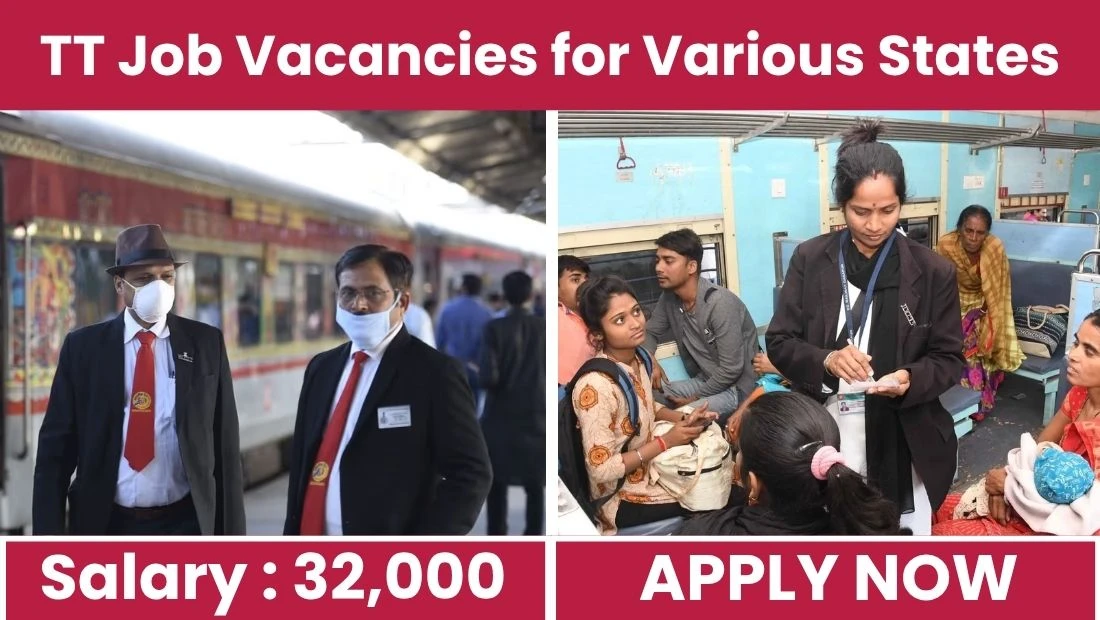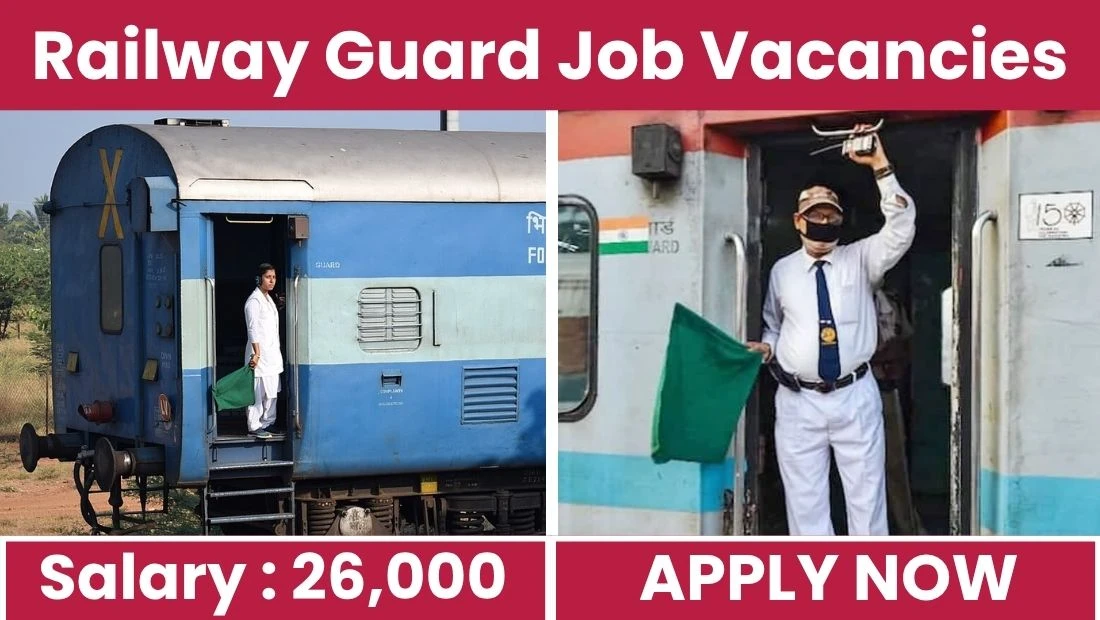In India’s healthcare system, ambulance drivers play a vital role in saving lives. From transporting patients during medical emergencies to supporting critical care transfers, their work is often the first step in treatment. With the rise in hospital infrastructure, medical emergency awareness, and increased patient mobility, ambulance driver jobs are in high demand across the country in 2025.
Leading private and government hospitals are actively recruiting trained and certified drivers to handle emergency vehicles. These positions offer not only stable employment but also the satisfaction of contributing directly to public service and emergency care.
Why Ambulance Driver Jobs Are in Demand
There are multiple reasons why the demand for ambulance drivers has grown sharply in recent years:
- Increased number of hospitals and trauma centers
- Higher incidence of road accidents and emergency cases
- Government mandates for ambulance availability in rural and urban areas
- Growth of private ambulance service providers and emergency response agencies
- Expansion of healthcare facilities under Ayushman Bharat and state schemes
Whether it’s a city hospital, district health center, or private medical institute, reliable ambulance drivers are critical for efficient patient transport.
Roles and Responsibilities
Ambulance drivers have duties that go far beyond just operating a vehicle. They are often the first responders in crisis situations and must remain calm and focused under pressure.
Key responsibilities include:
- Driving patients safely to and from hospitals or clinics
- Responding promptly to emergency calls and navigating efficiently
- Helping medical staff or attendants in loading and unloading patients
- Ensuring vehicle hygiene, fuel level, and maintenance checks
- Following traffic rules and emergency driving protocols
- Keeping essential documents like permits, insurance, and license up to date
- Assisting in basic patient care during transport when needed
Some drivers may be trained in basic first aid or CPR, which can be life-saving during critical moments.
Apply Here
Eligibility Criteria
While the exact qualifications can vary slightly by hospital or state, the general requirements are:
| Criteria | Details |
|---|---|
| Minimum Education | 8th or 10th pass |
| License | Valid LMV (Light Motor Vehicle) license with badge endorsement |
| Experience | 1–3 years of driving experience preferred |
| Medical Fitness | Good eyesight, hearing, and general fitness |
| Background Check | Clean record, police verification mandatory |
| Availability | Willing to work in shifts, including nights and weekends |
Some hospitals prefer drivers with experience operating vans equipped with oxygen and basic life-support systems.
Salary Expectations
Ambulance driver salaries depend on factors such as the type of hospital, location, work hours, and years of experience. Here’s a general overview:
| Type of Employment | Monthly Salary (₹) | Notes |
|---|---|---|
| Government Hospital | ₹18,000 – ₹25,000 | Fixed salary with benefits, pension eligible |
| Private Hospital (Tier 1 City) | ₹20,000 – ₹28,000 | Shift allowance, incentives, medical insurance |
| Contractual / NGO Services | ₹15,000 – ₹22,000 | May vary by funding and working hours |
| 24×7 Emergency Shift Driver | ₹22,000 – ₹30,000 | Night bonus, food/travel reimbursement |
Some hospitals also provide accommodation or hostel facilities for drivers, especially in remote duty locations.
Work Locations in High Demand
Several hospitals and healthcare institutions across India have expanded ambulance fleets and are hiring in large numbers. Top cities with high demand include:
- Delhi NCR – Government and multi-specialty hospitals
- Mumbai and Pune – Private emergency networks and urban hospitals
- Bengaluru and Hyderabad – Growing number of tech-integrated ambulance services
- Chennai and Kochi – Coastal and trauma response demand
- State-run hospitals in Uttar Pradesh, Bihar, MP, and Rajasthan – Ongoing rural health expansion
NGOs, private ambulance services, and companies providing on-site medical services (e.g., for factories or events) are also actively hiring skilled drivers.
Documents Required
To apply for an ambulance driver job in 2025, you will usually need the following:
- Valid driving license with badge
- Aadhaar card and PAN card
- Proof of address and identity
- Passport-size photographs
- Educational qualification certificates
- Experience letter or driving history (if applicable)
- Medical fitness certificate
- Police verification document
Some hospitals also require applicants to pass a driving test or orientation training session.
Work Conditions and Environment
Ambulance drivers work under high-pressure conditions and must be prepared for:
- Long or irregular shifts, including overnight duties
- Quick response in case of medical emergencies
- Handling emotionally intense situations involving patients and families
- Maintaining strict hygiene and following COVID and biohazard protocols
- Coordinating with medical staff, control rooms, and emergency departments
Despite the challenges, many drivers find deep satisfaction in contributing to life-saving services.
Growth and Career Progression
Ambulance driving is not just a job—it can also lead to long-term career opportunities in the healthcare and emergency services sector. Drivers with consistent performance and training can move up to roles like:
- Ambulance Supervisor or Transport Coordinator
- Driver Trainer for new recruits
- Emergency Response Team member
- Paramedic (with additional qualification)
- Dispatcher or fleet operations executive
Large hospital chains also offer internal promotions and salary increments based on service duration and conduct.
Final Thoughts
If you’re a responsible, licensed driver who wants to contribute to society meaningfully, working as an ambulance driver in one of India’s top hospitals could be a great career move. With steady income, job security, and the opportunity to make a real difference, this is more than just a driving job—it’s a role of deep responsibility and pride.
Get your documents ready, stay updated with local job openings, and consider undergoing basic emergency training to improve your chances. Hospitals across the country are ready to welcome drivers who are committed to safety, speed, and service.












